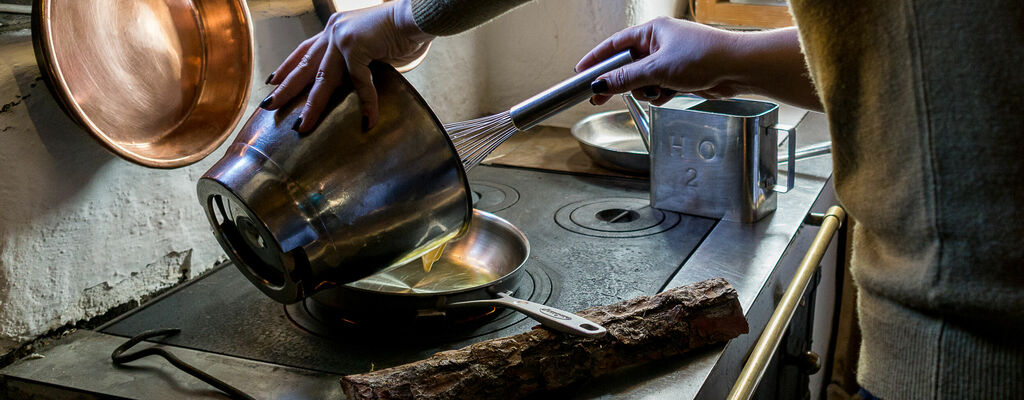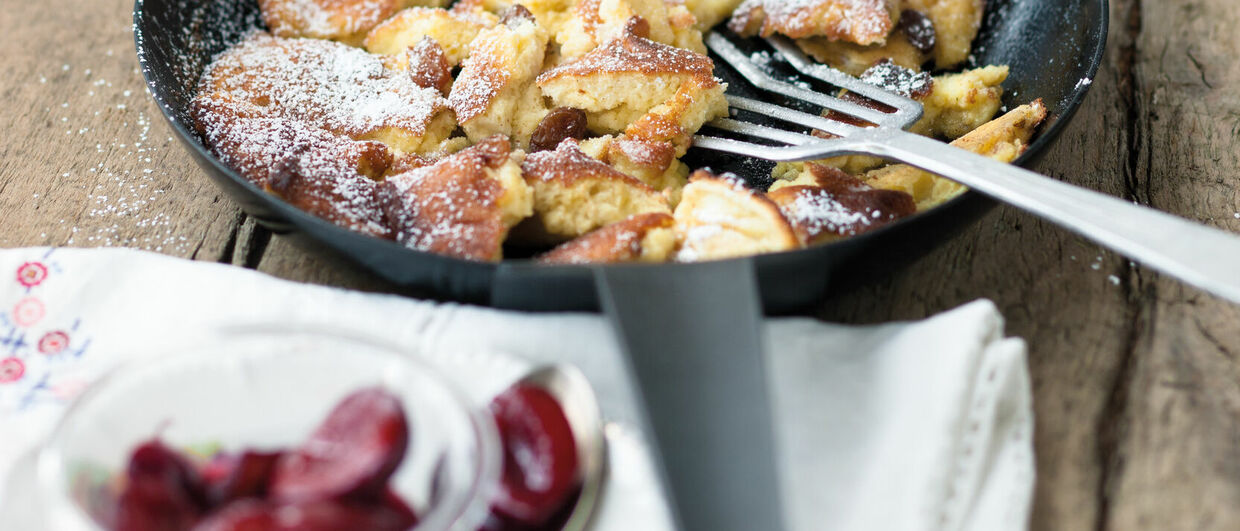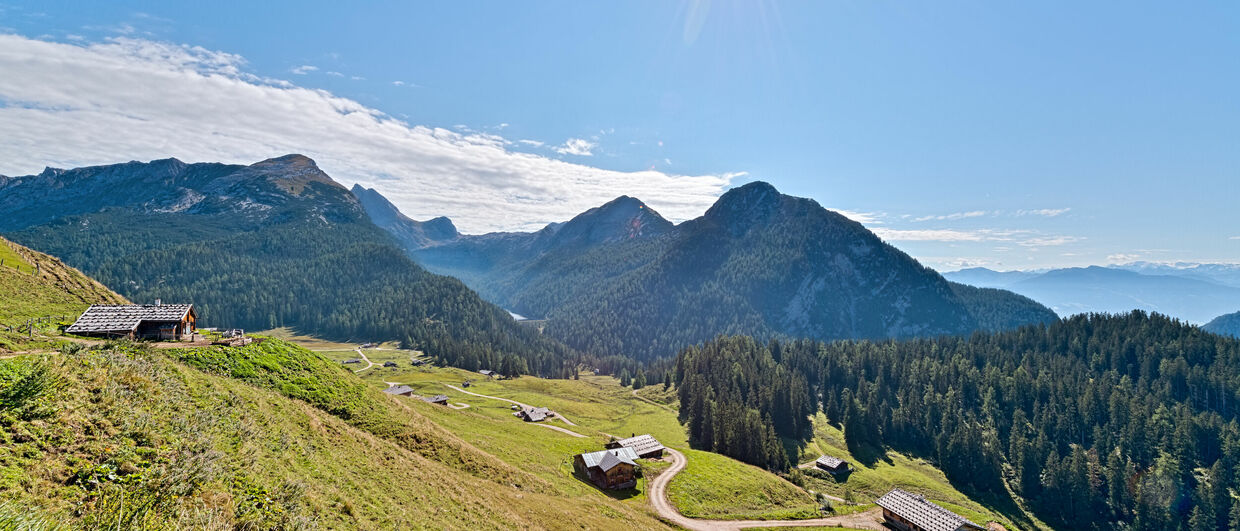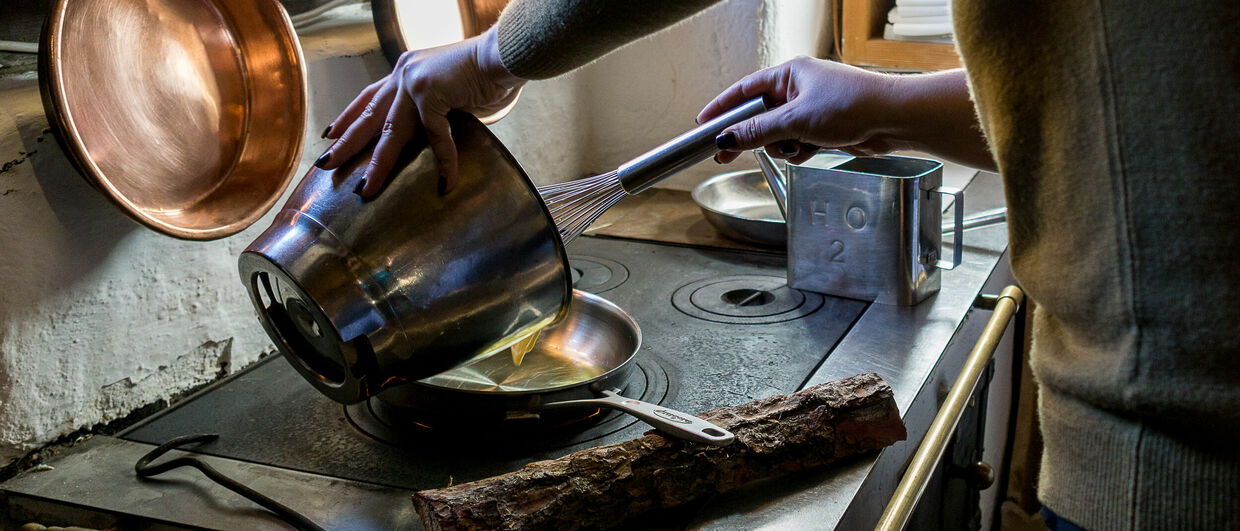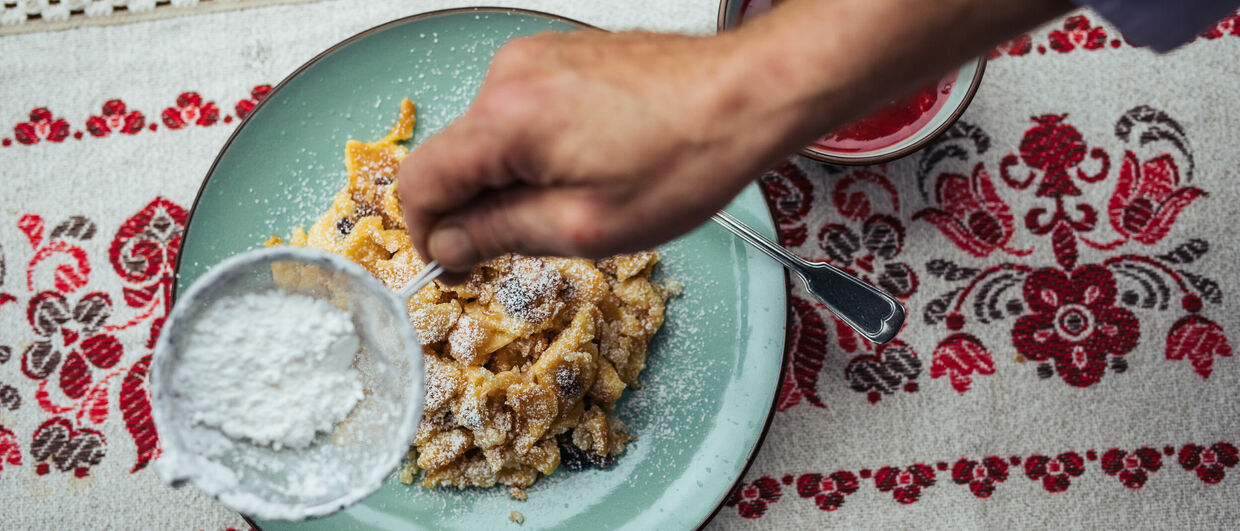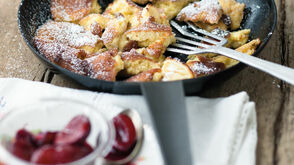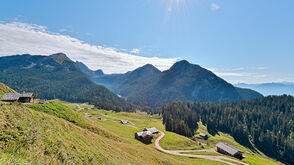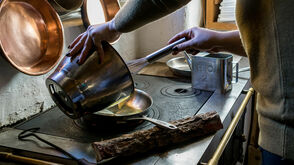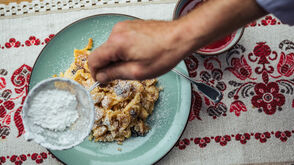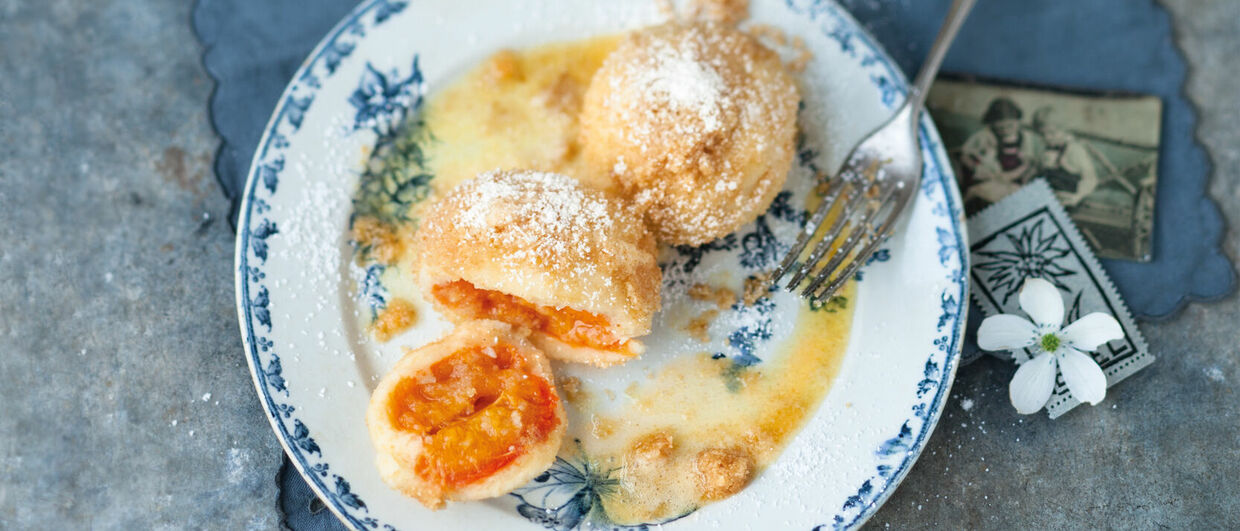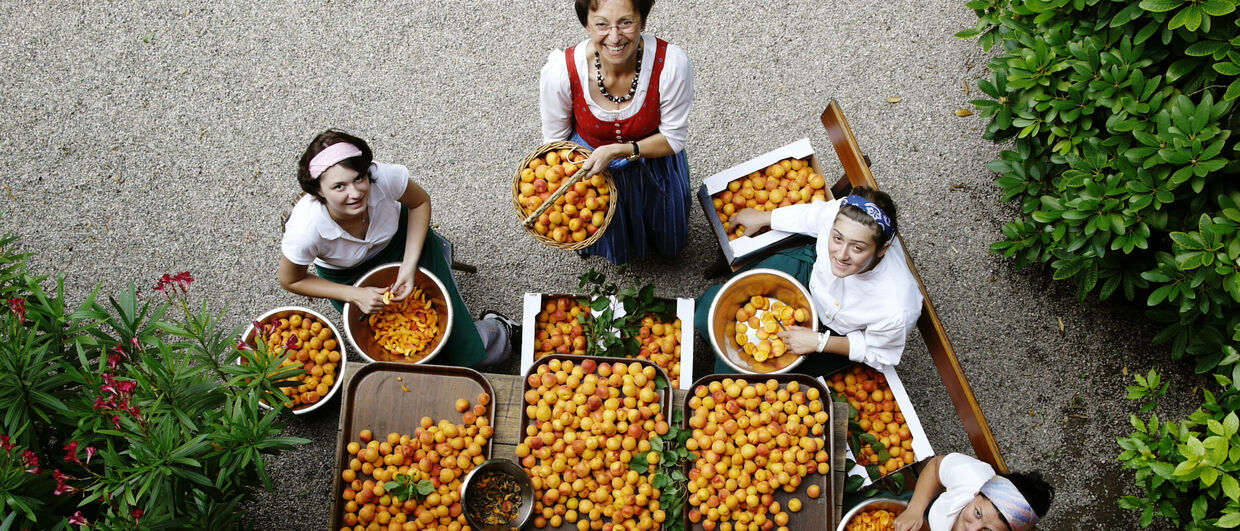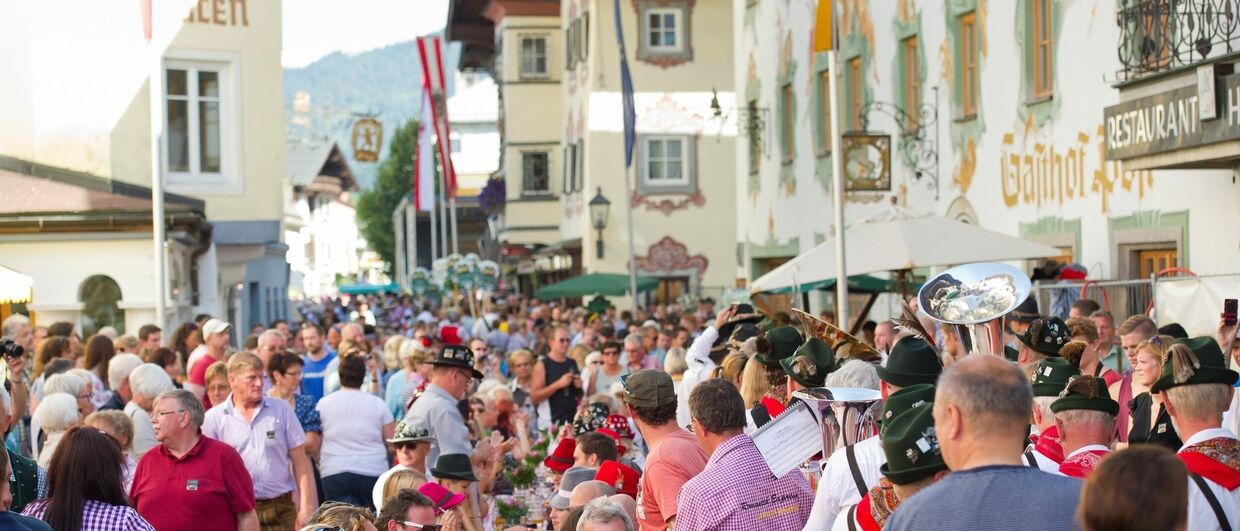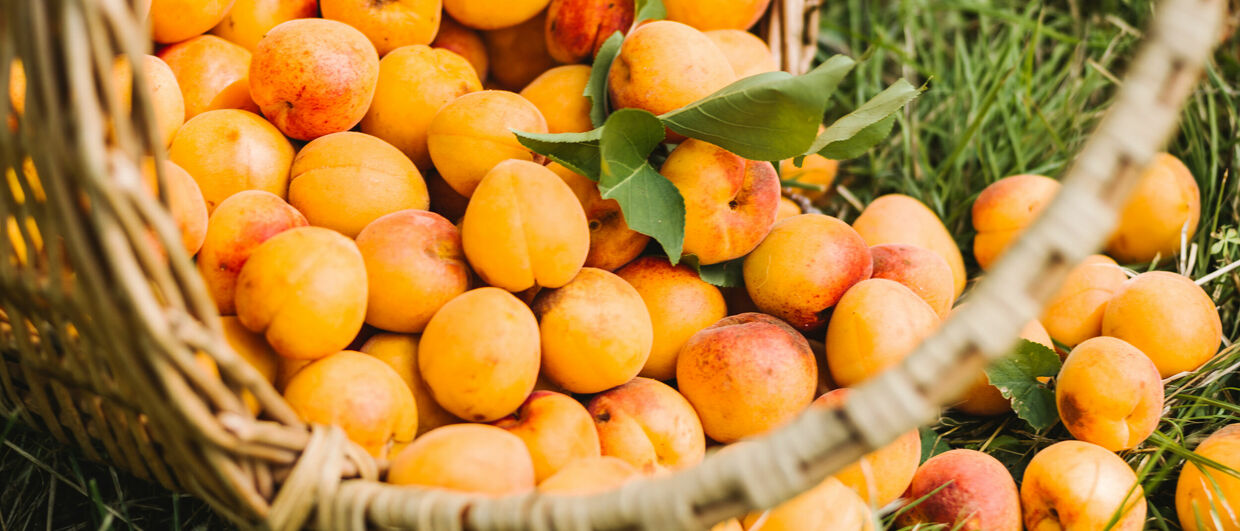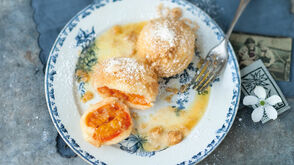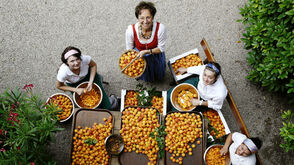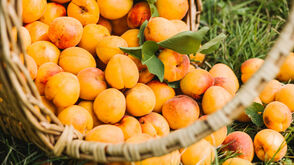Desserts to bring Austria home
Take your tastebuds on their travels with these two recipes for delectable Austrian desserts. Visit the mountains and meadows of the SalzburgerLand Via Culinaria routes with Kaiserschmarrn, and indulge in dumplings in St. Johann in Tirol.
For further information, please contact eleanor.moody@austria.info. High-res images are available to download at the end of this page.
The Via Culinaria Pathway for Hut Lovers & Kaiserschmarrn
The Via Culinaria is a collection of nine food-centric routes through SalzburgerLand. From inside the city of Salzburg out into the surrounding fields and mountains, the paths take travellers to 300 restaurants, breweries, and more - including 24 'Berghütte' on the Culinary Pathway for Hut Lovers. These SalzburgerLand mountain huts offer cool drinks and stunning panoramas to hikers in summer, hearty lunches and mugs of hot chocolate to skiers during winter. Through all seasons, Kaiserschmarrn is a beloved staple.
This traditional dessert might be simple, but it's delicious enough to be fit for royalty. The dish was favoured by Emperor Franz Joseph - as the name Kaiserschmarrn, literally meaning 'Emporer's Pancakes', suggests. Bring a taste of the SalzburgerLand countryside to your kitchen with the Kaiserschmarrn recipe below.
Ingredients, Serves 4
6 eggs
350 – 400ml milk
180 – 200g finely ground flour
3 tbsp crystal sugar
2 tbsp raisins
8g vanilla sugar
A dash of rum
Some grated lemon rind
A pinch of salt
Approx. 50g butter for frying
1 tbsp of butter shavings and crystal sugar for caramelising
Icing sugar and cinnamon for dusting
Method
1. Place the raisins in a bowl, mix with the rum, and leave to stand for 15 minutes. Separate the eggs and place the yolks in a mixing bowl. Pour in the milk, flavour with some grated lemon rind and vanilla sugar, and add the flour. Mix to form a smooth dough.
2. Beat the egg whites with the crystal sugar and a small pinch of salt until it forms a firm peak, and fold into the dough mix. Pre-heat the oven to 180°C / 356°F.
3. Let the butter melt and bubble up in one large, or two small coated heatproof dishes. Pour in the mixture and after 1–2 minutes, scatter the soaked raisins over the top. Cook the underside until light brown, turn over using a spatula and bake for 6–8 minutes in the pre-heated oven until golden brown. You can also cook this on the hob if preferred.
4. Tear the ‘Schmarren’ into small pieces, using two forks. Scatter the butter shavings over the top, sprinkle with some crystal sugar, and caramelise under the grill at a high heat.
5. Remove from the grill and arrange on pre-heated plates. Dust with icing sugar and cinnamon. Serve with baked plums, a berry ragout, or fruit compote. The Kaiserschmarren can also be cooked at the top of the oven and caramelised at the end with a lid to cover.
The St. Johann in Tirol Dumpling Festival & Marillenknödel
For one day at the start of autumn, St. Johann in Tirol is abuzz with the annual Dumpling Festival. An incredible 26,000 dumplings are laid out to form the longest dumpling table in the world, which reaches a staggering 595m, with bacon, cheese, spinach and apricot fillings all on offer. A highlight of St. Johann’s Alpine Festival Week, the ‘Knödelfest’ is one culinary extravaganza not to miss.
Apricots flourish in Austria. In areas such as the Wachau Valley, where the climate is mild and the soil rich in nutrients, this fruit grows sweet and plump. With their delicious, honeyed flavour, it's little surprise that Austria integrated its apricots into a dessert dumpling form. Find out how to make Marillenknödel and bring a taste of the St. Johann Dumpling Festival to your home with the recipe below.
Ingredients, 10 dumplings
300g low-fat quark
200g flour
60g butter, room temperature
8g vanilla sugar
1 egg
A pinch of salt
10 small apricots
10 sugar cubes
For the garnish
100g breadcrumbs
100g butter
Cinnamon powder
Icing sugar
Method
1. Mix the softened butter with the vanilla sugar and a small pinch of salt until creamed through. Stir in the egg with the quark and flour and work into a malleable dough. Form into a ball, wrap in film, and leave in a cool place to rest for approx. 30 minutes.
2. Remove the stones from the apricots and place a sugar cube in their place. On a floured work surface shape the dough into a roll of approx. 5 cm thickness. Cut off slices and gently press these flat between the hands.
To ensure that the dumplings do not fall apart, it is advisable to make a test dumpling before filling with the fruit. If necessary, adjust the dough mix by adding more flour if too soft, or by adding butter if too firm.
Place the apricot into the dough, press the dough around it, and seal well. Apply some flour to the hands, form dumplings, and place on a floured board.
3. Bring a generous amount of slightly-salted water to a boil in a large saucepan. Turn down the heat, place the apricot dumplings in the water, and allow to simmer gently for 10 – 13 minutes. Stir carefully from time to time to prevent the dumplings from sticking to one another.
For the garnish
4. For the garnish, melt the butter in a pan. Add the breadcrumbs, flavour with cinnamon, and fry until golden yellow in colour. Towards the end, add a generous quantity of sugar. Carefully remove the cooked dumplings and roll in the prepared sugared breadcrumbs. Arrange and dust with icing sugar.

